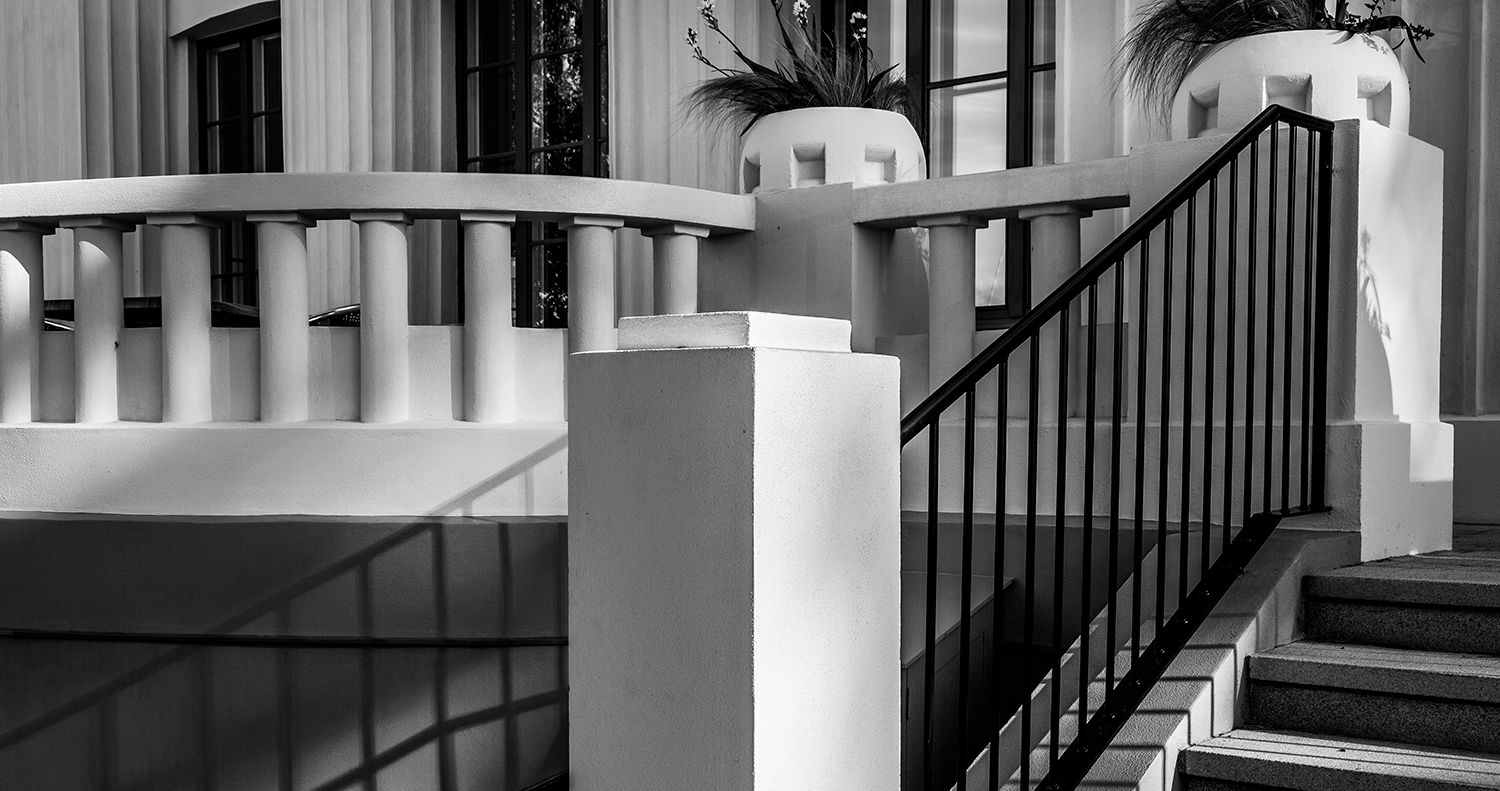The History of Katajanokka Kasino
In 1970, Leo Salonen, who had gained fame at Motissa, was chosen to manage the Katajanokan Kasino’s restaurant operations. This marked the beginning of a new era for the restaurant, and Katajanokka Kasino became known as a quality dining establishment. After Leo Salonen, the restaurant experienced quieter times until 1995, when Arctia Oy took over operations, followed by Scandic Hotels Oy in April 1998. Since March 1999, the restaurant has been operated by Royal Ravintolat Oy, which became part of the NoHo Partners Group in 2018.
The original designer of the Kasino building is believed to be A. Nyberg (1877–1952). The exact completion date of the building is somewhat unclear, but it was likely finished in 1913 for the Russian officer corps.
Immediately after its completion, the officers’ casino hosted lavish and attention-grabbing celebrations in true Russian fashion. In addition to dining, guests could also play billiards, carom, and card games at the Kasino.
In March 1917, the Russian Revolution broke out, and Russian sailors stationed in Helsinki took control of the officers’ club. There is little information about their activities at the Kasino. No known executions of Russian officers took place in the building, although at least 38 naval officers were killed elsewhere in the city. The most famous victim found near the Kasino was likely Vice Admiral Niepen, commander of the Baltic Fleet, who was executed by shooting on March 4, 1917. According to rumors, after his execution, Vice Admiral Niepen has haunted the round dome in the attic and occasionally appears in different parts of the building, especially in the attic.
In January 1918, the Red Guards seized the building, but they lost it to the Germans in April. However, the German officers’ presence at the Kasino was short-lived, as the officers of the German Empire left Finland in December 1918.
In 1919, the Casino was transferred for use by the Finnish officer corps. Since then, various national defense organizations have regularly used the building for their events.
After the wars, the Kasino underwent a major renovation.
At that time, the famous Marski and Korsu cabinets were built in the house. In 1954, the Sailor cabinet was added, followed by the Jäger cabinet the next year. A major renovation took place at the turn of the 1960s and 1970s, during which the building was closed for nearly a year.
After long-term planning, we carried out a major renovation in collaboration with the Finnish Heritage Agency. The architect for the project was Jorma Silvennoinen from the architectural firm Arkkitraavi. The renovation aimed to restore the building to its original colors and architectural styles.
Today, Restaurant Katajanokka Kasino offers versatile meeting and event services in elegant and historic settings. In addition, our restaurant provides traditional Finnish cuisine with a modern twist for those seeking gastronomic experiences.

